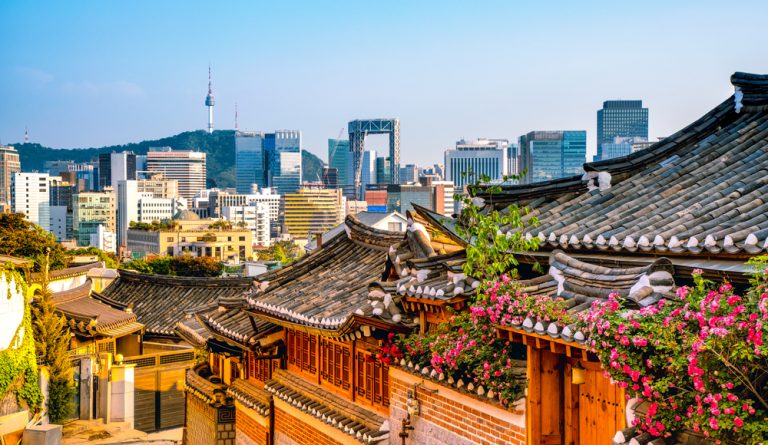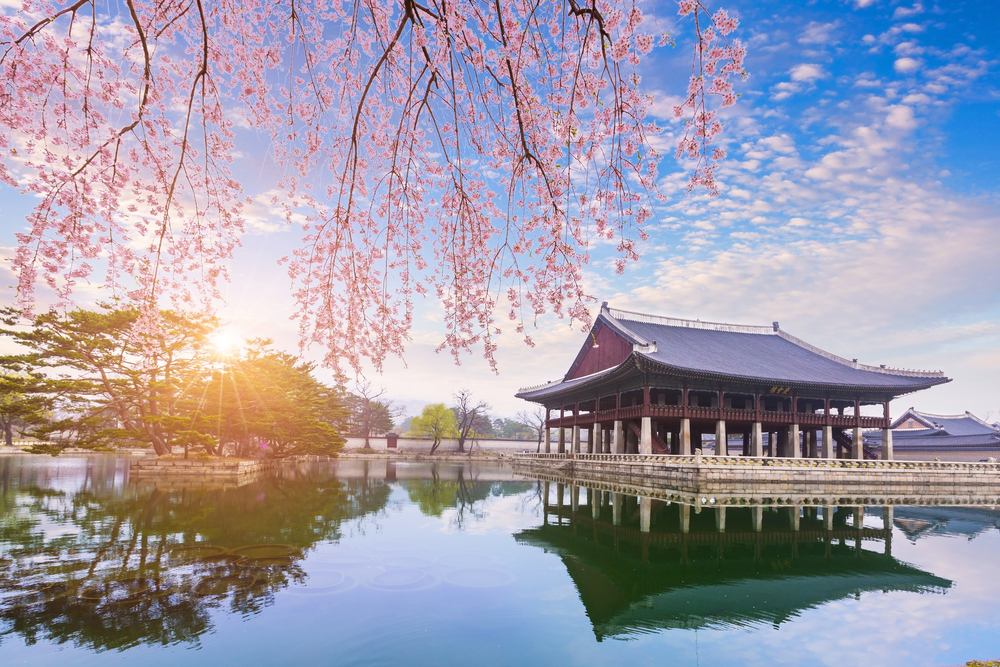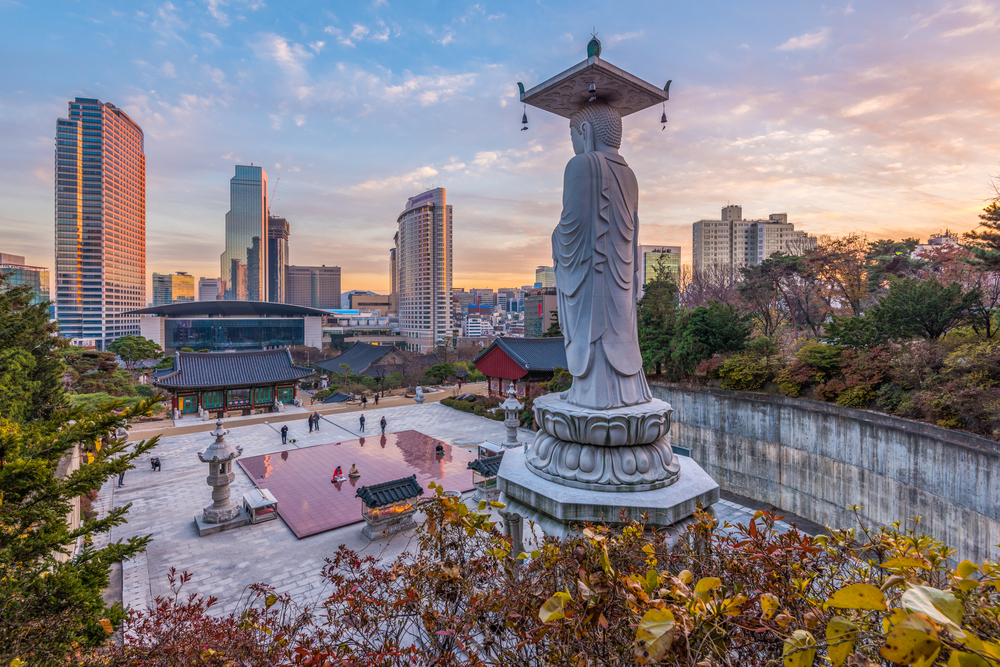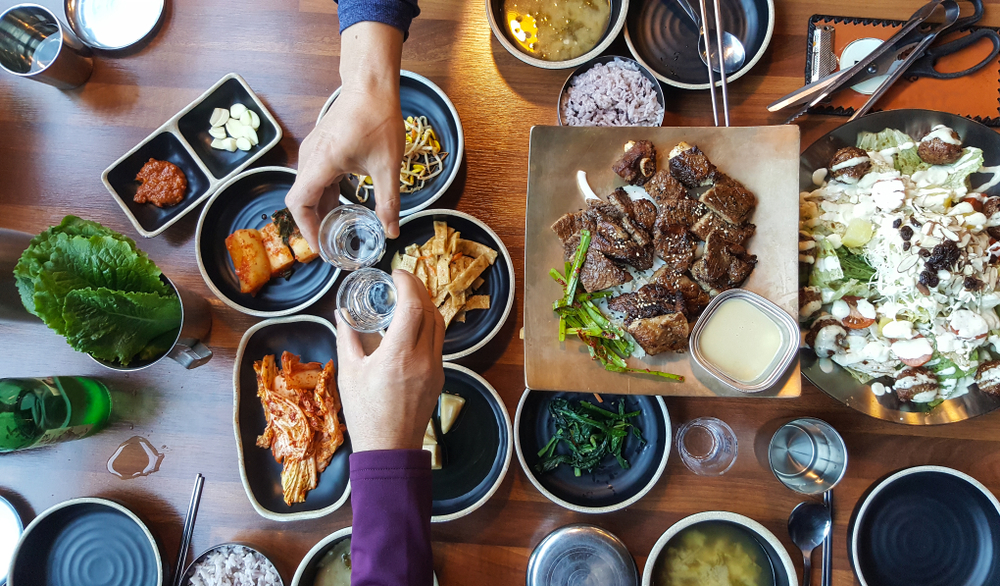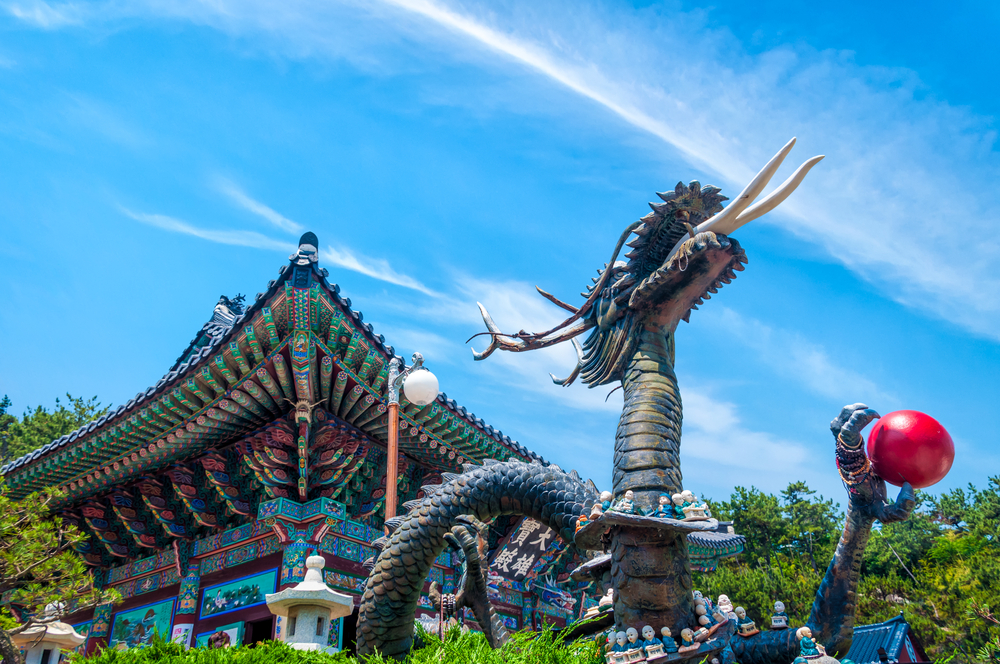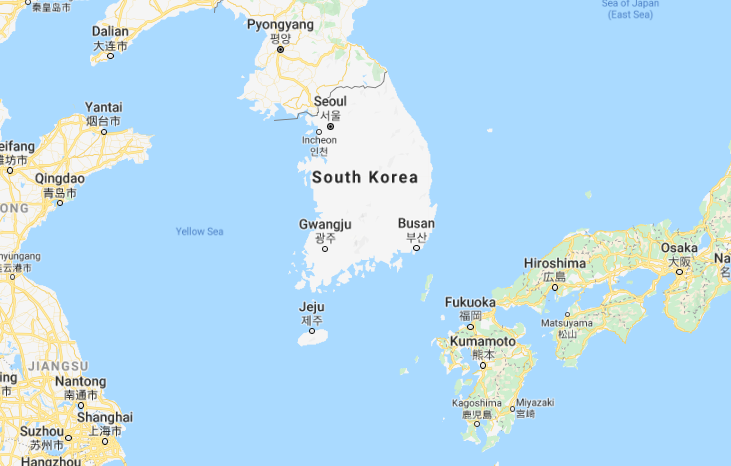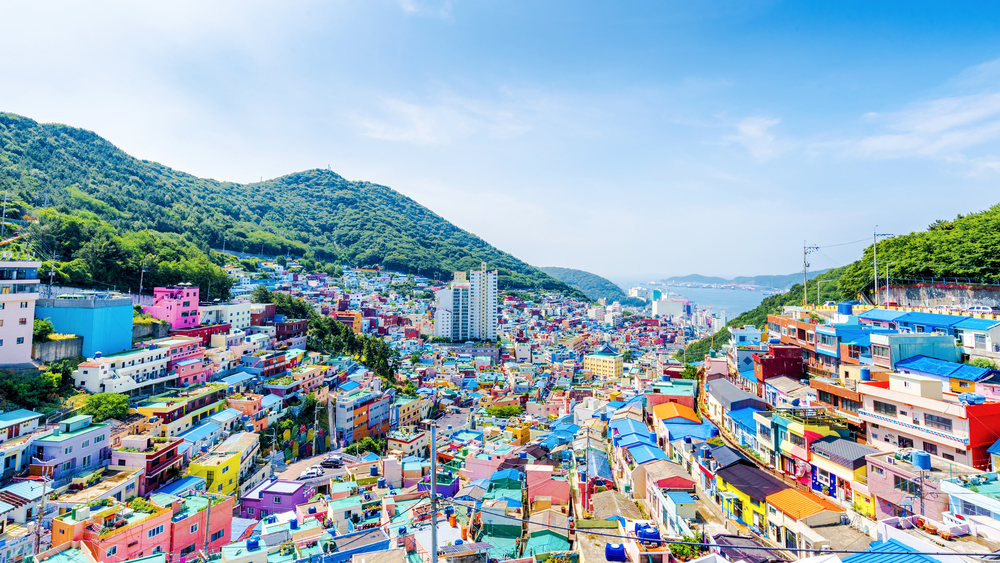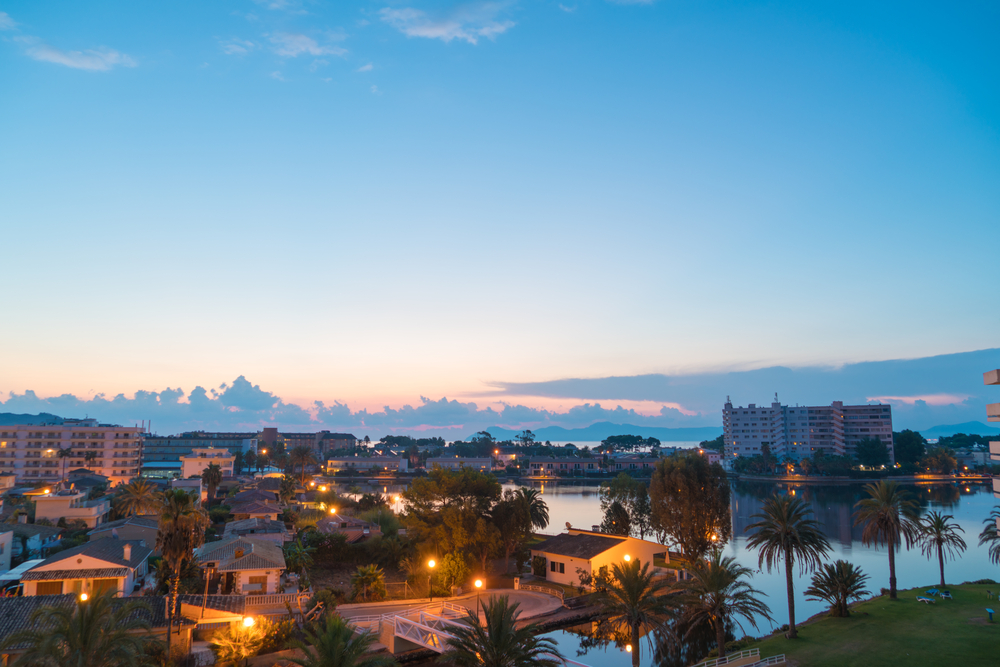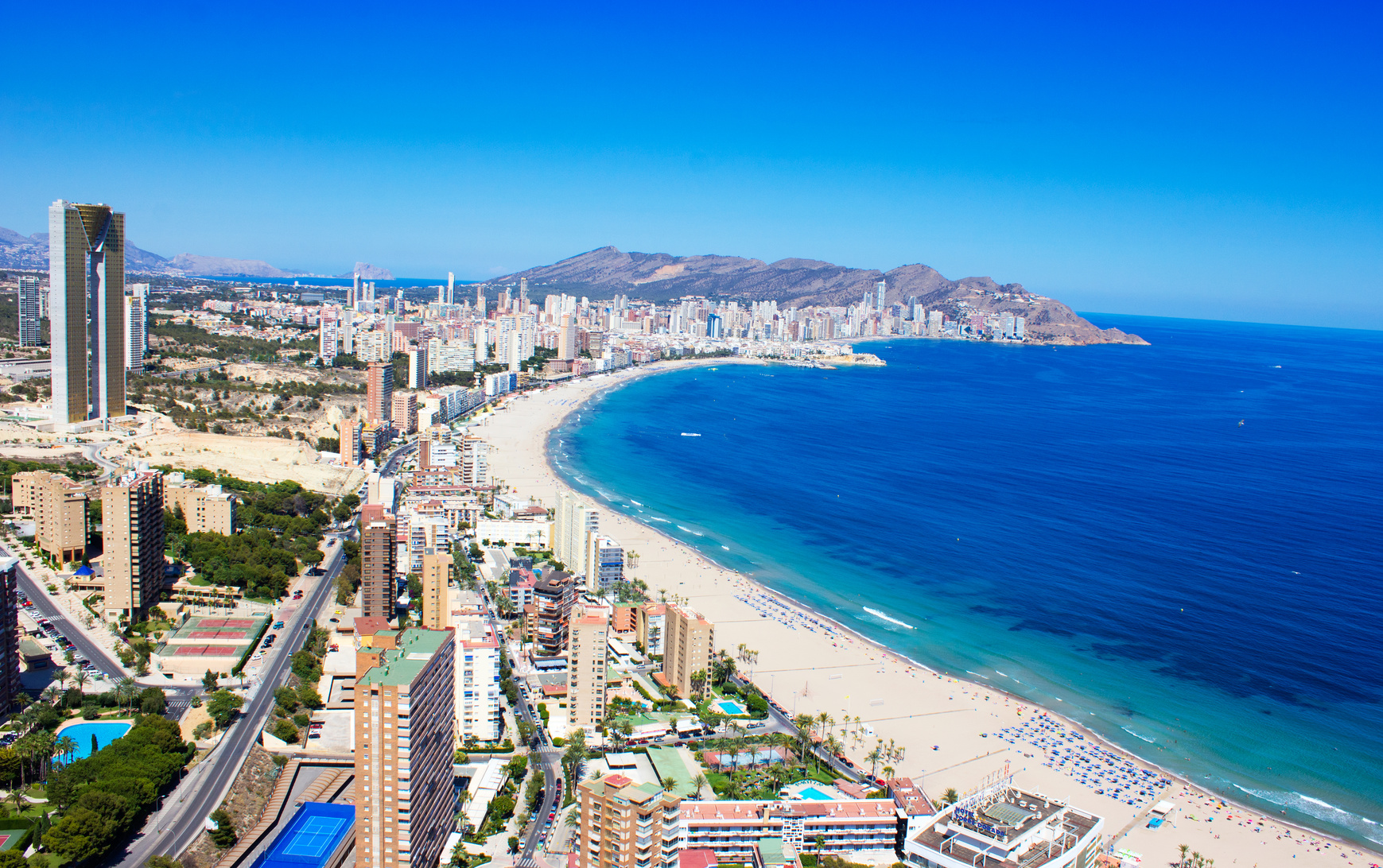South Korea, also known officially as the Republic of Korea, maintains a bit of an air of mystery about it – although more and more travellers are discovering the merits of its rich culture, progressive cities and diverse landscape. Often described as a country of extremes, that reputation is borne out by the skyscrapers and technology industry of Seoul that exists alongside well-preserved temples, palaces and historical sites of the city.
In contrast, the rural areas of the country reveal ancient fortresses and burial grounds surrounded by a stunning natural landscape of dramatic mountains, tranquil islands punctuated by waterfalls and hot springs, and isolated picture-perfect sandy beaches.
With a stark disparity to its secretive, oppressive northern neighbour (and separated by a heavily patrolled no-man’s land at the border), South Korea is an exciting and exotic destination defined by a unique culture.
What to Do
There’s an excellent infrastructure in place for tourism and there’s certainly a lot on offer to see, do and experience for those who visit. Along with the vibrancy of the capital, Seoul, cites like Busan and Gyeongju provide an insight into the seamless melding of old and new culture the country has managed to bridge.
For those looking to get out and experience the natural landscape, a visit to Seoraksan National Park delivers majestic vistas and an extraordinary diversity of plants and animals. For hikers it’s a dream come true with miles and miles of trails that seem a world away from the bustling hive of Seoul.
If you’re interested in getting even further off the beaten track and immersing in the authentic ancient culture, you can sail away on explorations of tiny remote islands to get to know the (very friendly) locals and stay in traditional seaside accommodation.
Finally, this is a place that loves its festivals and there’s always some kind of event going on no matter what time of the year you visit. With everything from traditional religious celebrations to more contemporary food and music offerings, this is the best way to delve into the real heart and soul of the people and places of South Korea.
Local Cuisine
Even today, the Korean cuisine is derived from the ancient recipes of the Royal Court. Its characteristic delicate spiciness and flavours come from complex, considered combinations and attention to detail when it comes to accompaniments, side dishes (of which there are usually many) and presentation.
Utilising the staples of rice, preserved and pickled condiments, meats and an array of sauces, many of the most traditional dishes are highly aromatic and heavily layered with flavours of garlic, ginger and chilli.
The range of the cuisine here is mind-boggling, but some dishes not to miss are the classic Bulgogi, which comprises marinated, spicy beef cooked over a traditional barbeque; Japchae, stir fried noodles with sweet potato, vegetables, beef, soy and sugar; Ddukbokki, a deliciously spicy rice cake; and the ubiquitous Kimchi, fermented vegetables with a sweet and sour flavour that’s one of the oldest known traditions of the country’s cuisine.
Climate
The country has four distinct seasons, although spring and autumn are relatively short. Due to its geography, the monsoon season is the opposite of a European climate, with most of the rain falling in summer and winter being the driest time of the year.
In winter, which runs from November to March, the temperatures can drop to -4 degrees Celsius, while in summer, June to August, it is humid, hot and rainy, with temperatures rising to between 23-32 degrees Celsius. Autumn is generally considered a most appealing time to travel, with much of the rain dissipating, milder temperatures and the foliage colouring the landscape in hues of rust and orange.
How to Get There
South Korea is a long haul flight from the UK, taking around 11 hours. Numerous airlines operate the route, including British Airways and Korean Air. There are around 20 airports in the country, with two main international ones being Incheon International (ICN) and Gimpo International GMP.
Whichever airport you choose, the easiest and most hassle-free way of getting the rest of the way to your final destination is on a pre-booked shared or private transfer service with Shuttle Direct. You’ll be met by a professional local driver and taken wherever you need to go without delay.
Travelling to Korea Republic? Don’t Miss…
- The beauty of Bukchon Hanok Village is that it’s right in the centre of Seoul, allowing you to get a taste of authentic history and culture even if you don’t venture out into the rural areas. A ‘hanok’ is the traditional Korean home and these villages can be found in various places, providing a well-preserved ‘living museum’ depicting the way of life going back six centuries.
- Busan is the country’s second biggest city, set on a stunning coastline. While most people earmark Seoul to visit, if you miss out on Busan you’ll miss its lovely beaches, the beautiful traditional Beomeosa Temple, and the European-style cliffside village of Gamecheon.
- The DMZ (demilitarized zone) is one of the most unusual ‘attractions’ you’ll find anywhere in the world. This no-man’s land on the border between North and South Korea is under constant heavy guard, but tourists can visit and do an official tour, explore the gift shop and even ‘step into’ North Korea in the cross border room.
About Shuttle Direct
Shuttle Direct is the best in the business for your onward ground transfers in destinations all over the world. Whatever your budget or preference, we have an extensive range of shared and private airport transfers that you can organise with a simple online booking before you leave home. When you land at the airport in your destination, a friendly local driver will be there to meet you and get you to your final destination without any stress.

